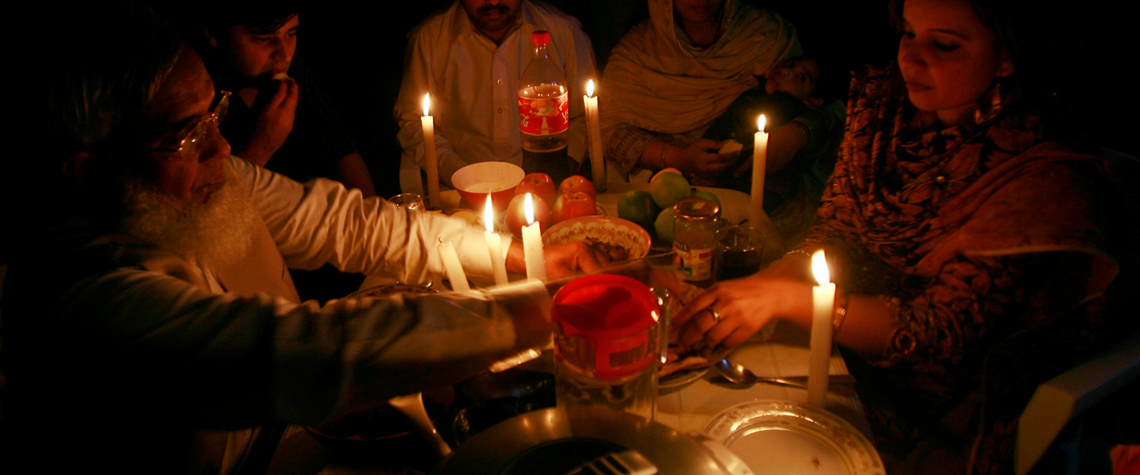Pakistan's energy headache shows no sign of lifting
Gulf and Chinese cash will not solve Pakistan's oil and gas crisis as domestic demand continues to rise
A long-running energy crisis has helped to throttle Pakistan's economy, with Islamabad turning to China first for support in 2015 and, more recently, Saudi Arabia and the UAE. Saudi Arabia has pledged $20bn, including a $10bn investment for a new oil refinery in the south-western city of Gwadar. Last year, the UAE and Saudi Arabia promised $6.2bn in aid, including deferred payments for oil and petroleum products. Gwadar is part of the China-Pakistan Economic Corridor (CPEC) infrastructure programme which involves Beijing stumping up $60bn in loans for development and new power stations, mostly coal-fired. But Saudi and Chinese largesse may not be enough to prevent Pakistan from being forced

Also in this section
24 December 2025
As activity in the US Gulf has stagnated at a lower level, the government is taking steps to encourage fresh exploration and bolster field development work
23 December 2025
The new government has brought stability and security to the country, with the door now open to international investment
23 December 2025
A third wave of LNG supply is coming, and with it a likely oversupply of the fuel by 2028
22 December 2025
Weakening climate resolve in the developed world and rapidly growing demand in developing countries means peak oil is still a long way away







